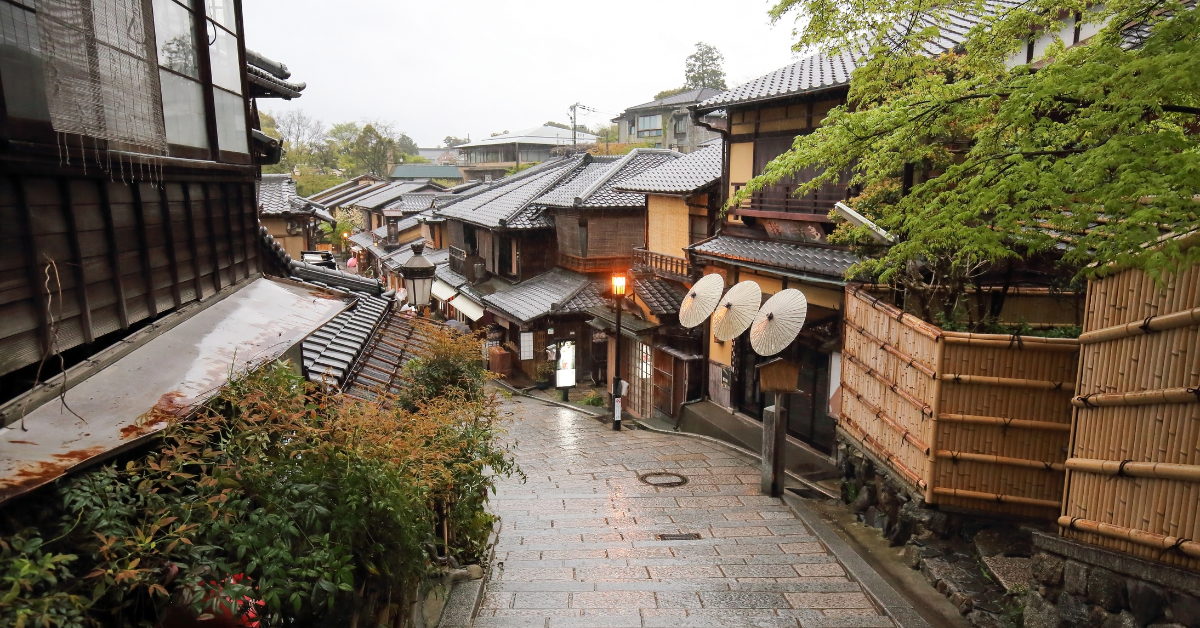Released in 2001, Spirited Away has become more than just an animated film in Japan—it is a cultural icon that continues to shape public consciousness. From dominating box office charts to being integrated into education and theater, the film stands as a powerful expression of modern Japanese identity and tradition.
Box Office Dominance and Historical Context
The release of “Spirited Away” was a turning point for Japanese animation at the box office. It broke records, surpassing both domestic and international competitors. The following table places its performance in historical context.
| Film Title | Year Released | Domestic Revenue (JPY) | Ranking Duration |
|---|---|---|---|
| Spirited Away | 2001 | ¥31.68 billion | 19 years |
| Demon Slayer Mugen Train | 2020 | ¥40.43 billion | 3 years |
| Your Name | 2016 | ¥25.03 billion | — |
| Princess Mononoke | 1997 | ¥19.3 billion | — |
This data reveals the exceptional success of “Spirited Away,” which remained untouched in its box office crown for nearly two decades, a feat few films in Japan or globally have accomplished.
Recognition and Awards in Japan
“Spirited Away” was not just a commercial triumph; it was a critical favorite. Its recognition at various national award ceremonies solidified its legacy. The table below lists notable awards it received within Japan.
| Award Ceremony | Year | Award Name |
|---|---|---|
| Japan Academy Prize | 2002 | Picture of the Year |
| Mainichi Film Awards | 2002 | Best Film |
| Tokyo Anime Awards | 2002 | Grand Prize |
| Agency for Cultural Affairs | 2001 | Media Arts Festival Grand Prize |
The film’s multiple recognitions from prestigious institutions affirm its status as a masterpiece of modern Japanese animation.
Integration in Education and Society
“Spirited Away” has transcended entertainment and found a place in educational and social settings. Teachers and academics use it to explain concepts from Japanese culture to ethics and personal development. Here’s how it’s used across disciplines:
| Academic Field | Usage Example |
|---|---|
| Literature | Analyzing Chihiro’s character arc and hero’s journey |
| Environmental Ethics | Discussing the polluted river spirit scene |
| Sociology | Exploring work culture and identity loss |
| Religious Studies | Studying Shinto symbolism and spiritual realms |
These applications showcase how the film fosters critical thinking and cultural reflection among students and scholars alike.
Comparison of Main Characters’ Symbolism
Each character in “Spirited Away” represents key concepts in Japanese society. This symbolic depth is one reason why the film resonates so deeply with its audience.
| Character | Symbolic Role | Cultural Reference |
|---|---|---|
| Chihiro | Innocence and growth | Rite of passage |
| Haku | Forgotten heritage and memory | Lost rivers and modernization |
| Yubaba | Exploitation and authority | Corporate hierarchy |
| No-Face | Consumerism and loneliness | Modern social alienation |
By embedding these rich metaphors, the film reflects and critiques aspects of modern Japanese life in a deeply relatable manner.
Merchandise and Commercial Influence
The commercial footprint of “Spirited Away” extends far beyond cinemas. Ghibli merchandise continues to thrive, particularly products related to the film’s characters and themes. The following table outlines the key product categories and their appeal.
| Product Category | Examples | Target Demographic |
|---|---|---|
| Plush Toys | No-Face, Boh | Children, collectors |
| Stationery | Notebooks, pens, folders | Students, office workers |
| Apparel | T-shirts, tote bags | Teens, young adults |
| Home Goods | Mugs, clocks, pillowcases | Families, fans of all ages |
This ongoing consumer interest keeps the story alive in daily life, transforming characters into familiar figures in Japanese homes.
Stage Adaptation and Continued Artistic Reach
The 2022 theatrical adaptation in Tokyo breathed new life into “Spirited Away,” introducing the story to a different audience while preserving its core themes. The production utilized puppetry, lighting design, and music to recreate the film’s fantastical world live on stage.
| Feature | Theatrical Version | Original Film |
|---|---|---|
| Visual Experience | Live puppets and stage props | Hand-drawn animation |
| Music | Live orchestral arrangement | Joe Hisaishi’s recorded score |
| Audience Interaction | Real-time audience engagement | Passive viewing |
| Narrative Depth | Condensed for runtime | Expansive, gradual storytelling |
These differences enriched the audience experience, highlighting the film’s adaptability and artistic versatility.
Conclusion
“Spirited Away” has carved an indelible mark in Japan’s cultural, artistic, and academic spheres. From breaking records to influencing classroom discussions, it is more than just a film. Its themes of identity, transformation, and tradition resonate with a nation undergoing constant social evolution. By remaining relevant through re-releases, stage adaptations, and merchandise, the story of Chihiro and her journey continues to live on.
Its legacy proves that storytelling, when rooted in emotional honesty and cultural truth, can outlast time. “Spirited Away” not only reflects the spirit of Japan—it shapes it.






